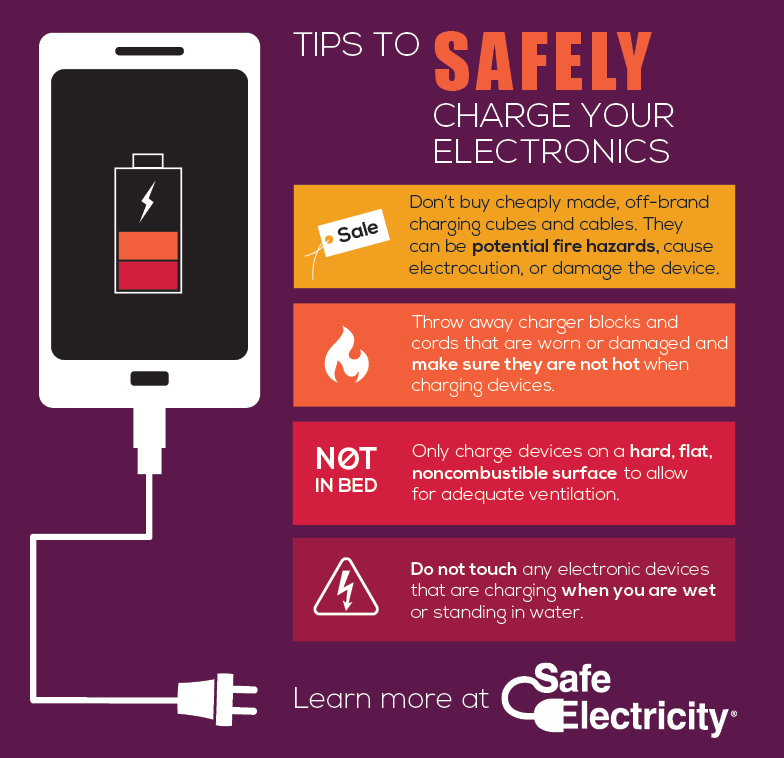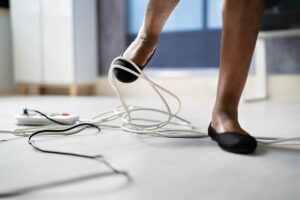The chargers that came with our phone, digital camera or other electronics seem to disappear as often as a sock mate sometimes.
As a solution, many people reach for the low-cost, generic plug-in USB chargers and charging cables found in the sea of impulse items that flank the check-out line at your favorite drug, convenience or big-box store. They’re also popular items on numerous online shopping sites and cheaper than dishing out money to replace them with their original maker’s versions.
It can save money and it’s so convenient, you rationalize. Without much more thought, in the virtual cart or on the counter it goes.
Inexpensive charging components may be one area you don’t want to cut corners on for a variety of reasons. Amazon recalled 26,000 AmazonBasics portable lithium-ion battery chargers and power banks after the massive online retailer learned the units can overheat and ignite, causing fire and burn hazards. According to the U.S. Consumer Safety Product Commission, the products were sold between December 2014 and July 2017.
Along with being a potential fire hazard, using cheaply made charging components and devices can also cause electrocution. Dangers aside, they may cost you more in the long run since they can cause damage to whatever is on the other end of the cable.
To keep safe around electrical devices and charging gear, Safe Electricity recommends the following:
- Do not leave items that are charging unattended.
- Always keep charging items away from flammable objects, especially bedding, and do not take them to bed with you. Tell kids and teens to NEVER place any charging device under their pillow. The heat generated cannot dissipate and the charger will become hotter and hotter, according to the Newton, N.H. Fire Department. This could lead to the pillow or bed catching fire.
- Do not touch charging electronic devices with wet hands or while standing in water.
- Make sure charging components are certified by a reputable third-party testing laboratory.
- Only buy product-approved chargers and cables (those made or certified by the manufacturer). Using cheaper devices can cause damage to the USB charge chip. Although it’s tempting to save money, this can have a lasting impact on how quickly and effectively your device charges in the future.
The bottom line is: Don’t buy charging equipment with prices that seem too good to be true or from companies you’ve never heard of. And even if you’ve heard of the company, be leery of fakes. In 2016, Apple sued a company that sold counterfeit wall chargers with Apple’s name on them for less than $10 each.
Say yes to the Milky Way in the check-out line or to the online Kindle book and no to cheap chargers.










